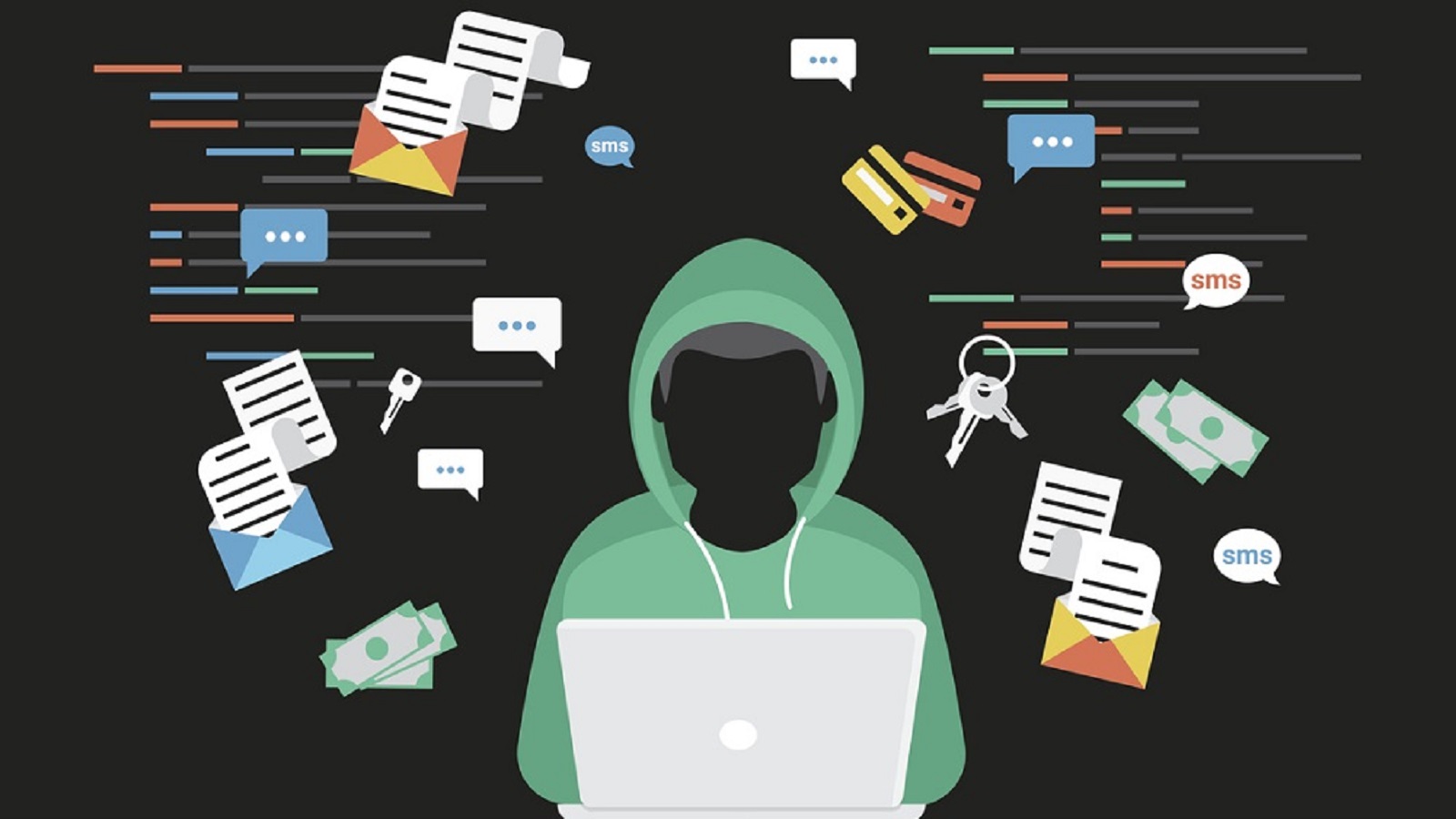Top 5 Cybersecurity Threats in 2025 You Need to Know
As we enter 2025, the digital landscape is rapidly evolving, bringing new opportunities but also new cybersecurity risks. With an increasing reliance on digital infrastructure, businesses, governments, and individuals must be more vigilant than ever. Here are the top five cybersecurity threats in 2025 that you need to be aware of to stay ahead of the game.
1. AI-Powered Cyberattacks
Artificial Intelligence (AI) is revolutionizing many industries, but it’s also becoming a potent tool for cybercriminals. In 2025, we expect to see more sophisticated AI-driven attacks. Hackers will use AI to automate tasks like phishing, malware creation, and vulnerability scanning, making these attacks faster and more accurate. Machine learning algorithms can adapt and evolve based on a target’s responses, allowing them to bypass traditional security measures.
How to protect yourself: Implement robust AI-powered security solutions that can detect anomalies and respond to threats in real-time. Regularly update your software and train employees on how to recognize and respond to AI-driven threats.
2. Ransomware 2.0
Ransomware has long been a significant threat, but in 2025, it’s evolving into a more sophisticated, multifaceted problem. Attackers are no longer just encrypting data and demanding a ransom; they are now stealing sensitive data and threatening to release it publicly if their demands aren’t met. This type of “double extortion” is becoming increasingly common.
How to protect yourself: Backup your data regularly, and ensure that backups are stored offline or in a separate network. Invest in endpoint detection and response (EDR) tools, and practice a zero-trust security model that limits access to critical systems.
3. IoT Vulnerabilities
The Internet of Things (IoT) continues to expand as more devices become connected to the internet. From smart home devices to industrial control systems, each connected device can potentially serve as an entry point for cybercriminals. In 2025, vulnerabilities in IoT devices could lead to large-scale attacks, including botnets, data breaches, and even physical damage to critical infrastructure.
How to protect yourself: Secure all IoT devices with strong, unique passwords, and disable any features you don’t need. Keep software up-to-date, and use firewalls and intrusion detection systems to monitor and control IoT traffic.
4. Supply Chain Attacks
Supply chain attacks have risen sharply in recent years, and this trend is expected to continue in 2025. Cybercriminals are targeting third-party vendors and partners to gain access to the systems of larger organizations. These attacks are particularly dangerous because they often bypass traditional perimeter security, as trusted vendors or service providers are compromised.
How to protect yourself: Perform thorough due diligence on third-party vendors and partners. Ensure they adhere to strong security practices, and implement continuous monitoring to detect any unusual behavior in the supply chain. Segment your network to limit access and potential damage from a breach.
5. Quantum Computing and Cryptography Vulnerabilities
While quantum computing promises breakthroughs in processing power, it also poses a significant threat to current encryption methods. In 2025, advances in quantum computing may make it easier for hackers to break traditional encryption, potentially exposing sensitive data. Though fully operational quantum computers are not yet widely available, governments and hackers alike are preparing for this shift in computing power.
How to protect yourself: Keep an eye on developments in post-quantum cryptography, which aims to create encryption methods that can withstand the power of quantum computers. Begin implementing quantum-resistant cryptographic algorithms and stay informed about government standards for encryption in the post-quantum era.
Conclusion
Cybersecurity in 2025 is going to be increasingly complex, with new technologies creating both opportunities and risks. To stay safe, individuals and organizations must remain proactive, adopt innovative security solutions, and continuously educate themselves on emerging threats. By understanding the top threats and taking the necessary steps to mitigate them, you can better protect your data, privacy, and digital assets in the years to come.


Thank you for sharing this 🙂